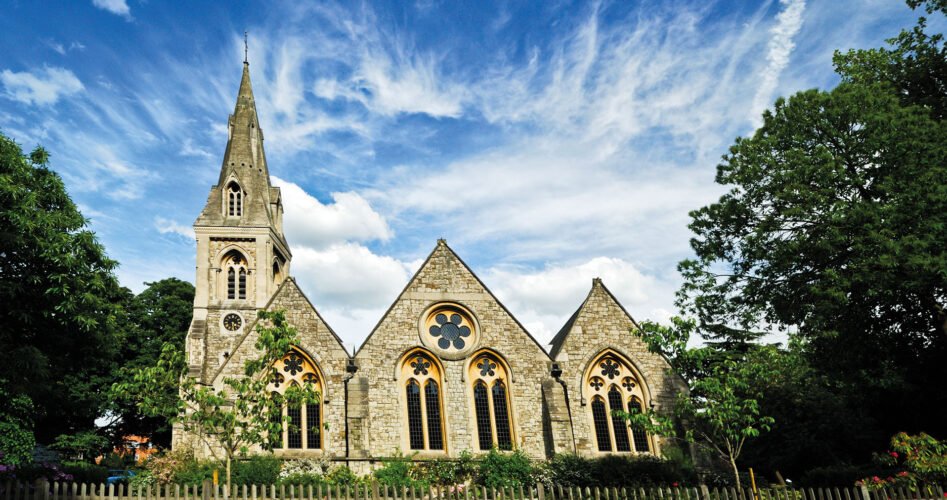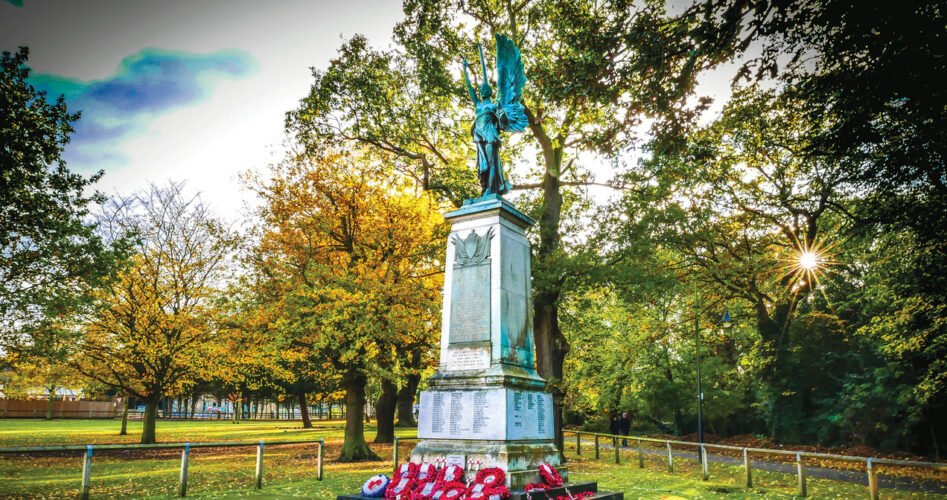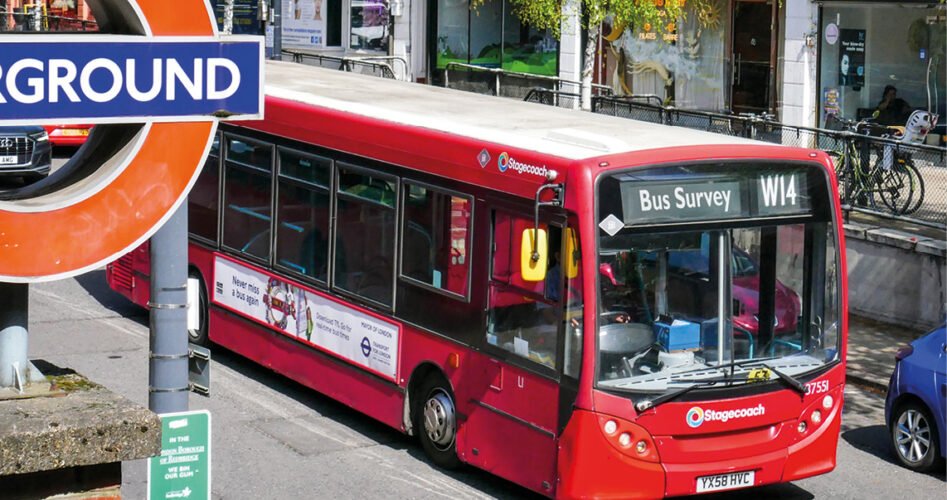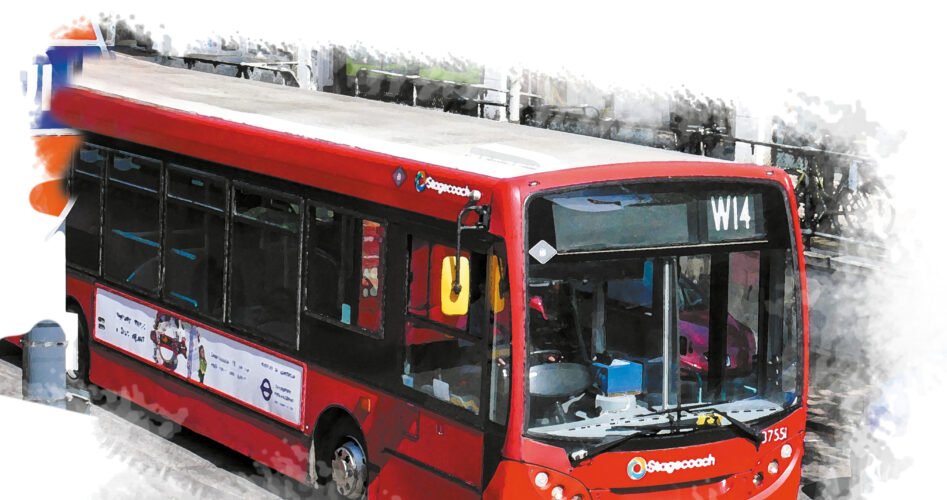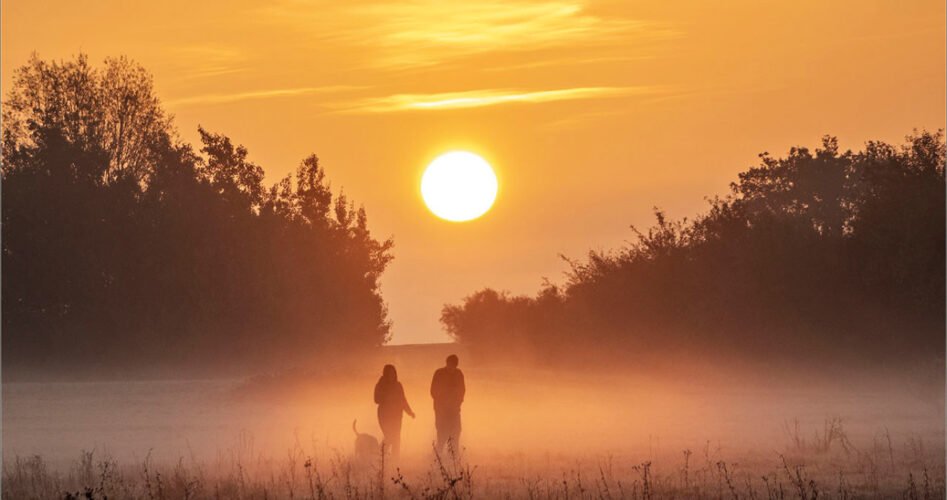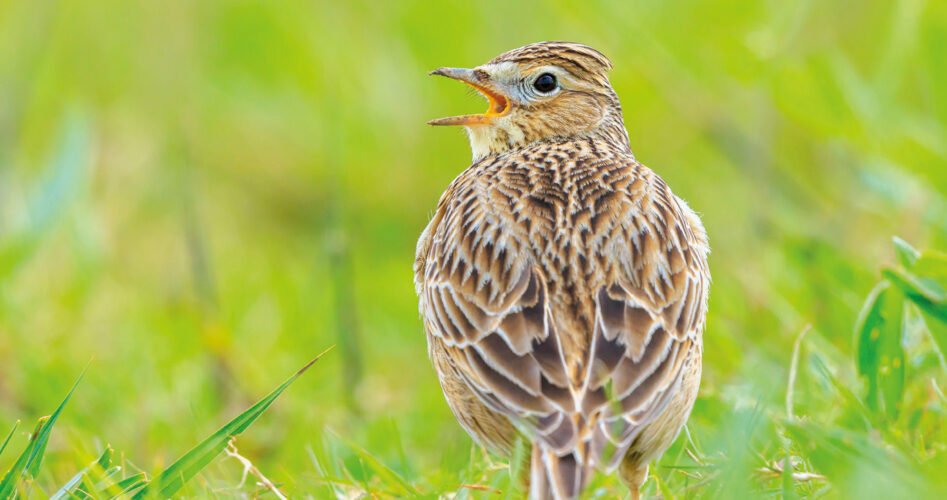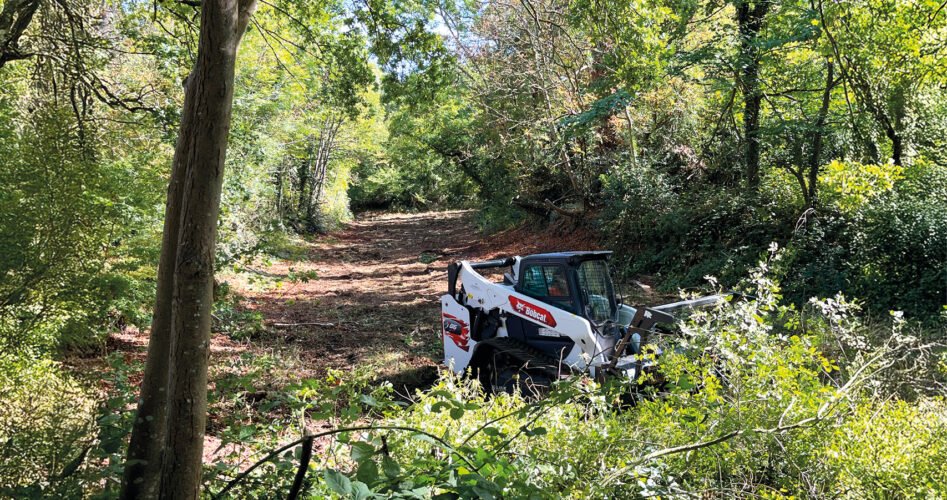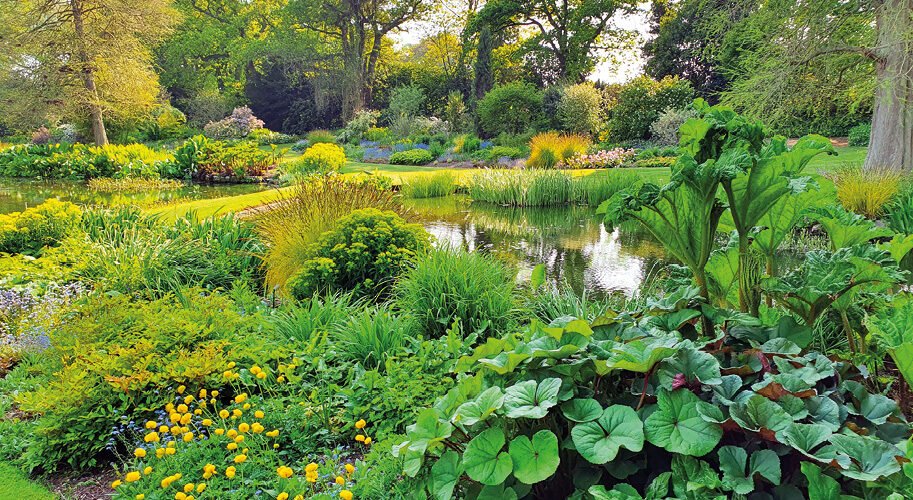In the 13th of a series of articles, Revd James Gilder of Wanstead Parish reflects on the history and importance of Christ Church and reports on the major grant that will secure its future
You may remember that, last year, I wrote about the plight of Christ Church’s tower. Those of you who know your history will know that St Mary’s Church, Wanstead’s parish church, was built on land given by the ‘big house’ in 1790 when Wanstead was an estate village. Yet, by the 1860s, and with the coming of the railway, the Wanstead we know today was beginning to take shape. New terraces of houses were being built and the High Street was becoming established, and it was clear all the new people coming to live here would need a new church, which would become Christ Church.
The rector at the time, Revd Fitzgerald (who Fitzgerald Road is named after) commissioned the soon-to-be famous George Gilbert-Scott to design him a new church. Work started in the late 1850s, with the children from Wanstead Church School all being trundled out to watch the foundation stone being laid. It wasn’t until 1891 that the whole church as we know it today was completed, and it wasn’t until the 1960s that its architectural merit was recognised with a Grade II* listing. Certainly, when viewed across Christ Church Green, it presents a charming sight: an archetypal Gothic revival church in a park-like setting.
Despite the Luftwaffe’s best efforts, Christ Church survived the war (albeit minus the majority of its stained glass, which was blown out by bombs) and is well-loved to this day. It has been the backdrop to so many family occasions, whether joyful or sad. It has been the place where countless schoolchildren have sung hymns and where thousands have said their prayers, whether at services or individually. It is open every weekday, and we are always pleasantly surprised by the number of people who come in and find peace and a welcome.
That is why I am so delighted to tell you the Heritage Lottery Fund has agreed to make a very substantial grant towards ensuring Christ Church’s building remains a safe and usable place for generations to come (subject to the smooth running of our forthcoming ‘development phase’ behind-the-scenes work).
We hope now to restore the outside of the building fully, particularly the tower. We also hope to make the interior warmer and better lit, to install toilets and a small kitchen, and much more besides. All this will mean that community groups of all faiths and none will benefit from the space in future, and that one of Wanstead’s most loved landmarks will be enjoyed by many generations to come.
To all of you who helped us in the hard work involved in obtaining this grant, thank you from the bottom of my heart.
To contact Reverend James Gilder, email office@parishofwanstead.org


